Common Causes for No Hot Water
No hot water can be a big concern for homeowners; if not at least very frustrating. Sometimes hot water will return, but if it doesn’t then you may have a more serious problem. Cold showers may be a new trend, but most people would probably prefer to have a working hot water heater!
If your water heater has stopped working, here are some common reasons why:
Common Causes why you have no hot water
You’re using too much water
It could be that you’re using more hot water than anticipated and your water heater is too small for your needs. This can cause you to run out of hot water from time to time.
Incorrect temperature on thermostat
Some hot water heaters have adjustable thermostats which control how hot the water is. You could check to see if the thermostat is set to the correct temperature.
Clock and timer
Double check that the timer on your water heater is set correctly; this can be confusing when the clocks change.
Tripped circuit breaker
Check to see if the circuit breaker has tripped and switch it back on if it’s gone off.
The water heater tank is leaking.
This is a serious issue and should be addressed quickly by a water heater repair technician; this is not something you can or should fix yourself. If you have a gas system, then switch off the gas. If you have an electric system you should switch off the electricity before you do anything else.
Gas Leak
This is unlikely, thankfully, but if you have a gas-heated system and you notice a rotten egg smell in your house that doesn’t go away then you may have a gas leak.
- Turn off the gas supply, turn the valve until it’s at 90 degrees from the pipe to shut off the gas supply.
- Leave the house and call an emergency gas technician.
- Do not switch on or off any appliances, lights, or electrical switches.
- Do not use any mobile phones in the house.
- If you feel unwell visit your doctor or local hospital
Pilot light gone out (gas water heaters)
Newer models don’t have a pilot light so you won’t be able to check this. But if your system does have one and the flame has gone out then this can be the cause of your lack of hot water.
Your manufacturer’s instructions should provide the best information to re-ignite it.
No water coming from the faucet.
Is the problem one faucet or more than one? Is the cold tap working? If it’s just hot water, you have a problem. You should check to see if the tank is leaking; or you may have a problem with your pipes.
If you have no water at all then you should check your water supply valve; if that doesn’t fix the problem, you need to contact your water supplier.
Need help from a professional? For water heater repair services in Berlin, New Britain and Hartford County, Connecticut call Riley Plumbing Company call: 860-225-1534


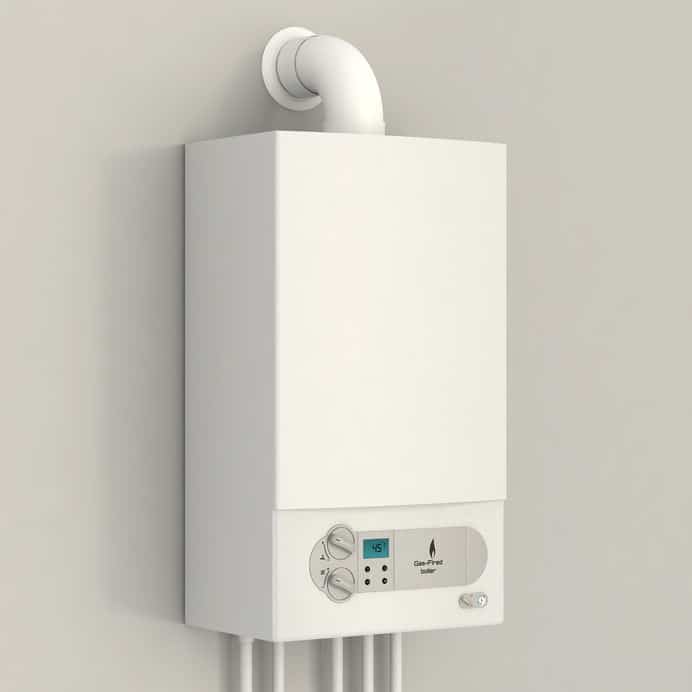
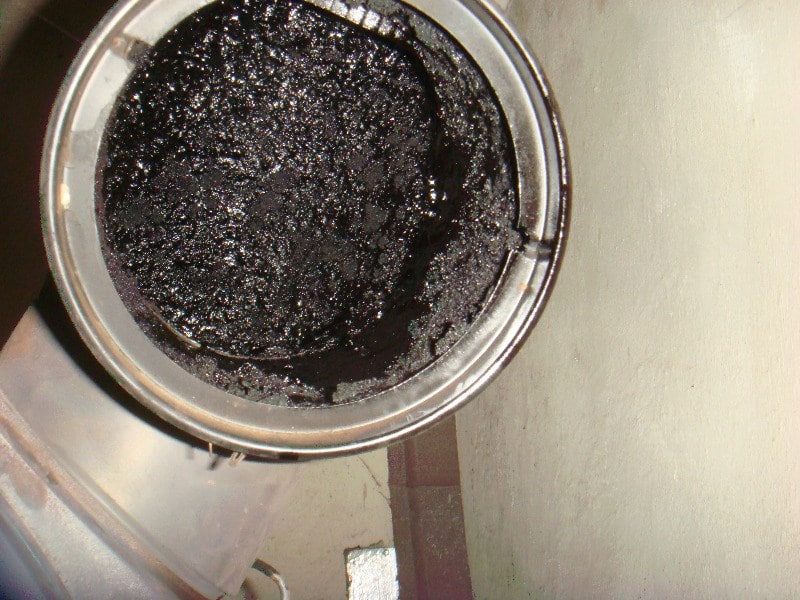

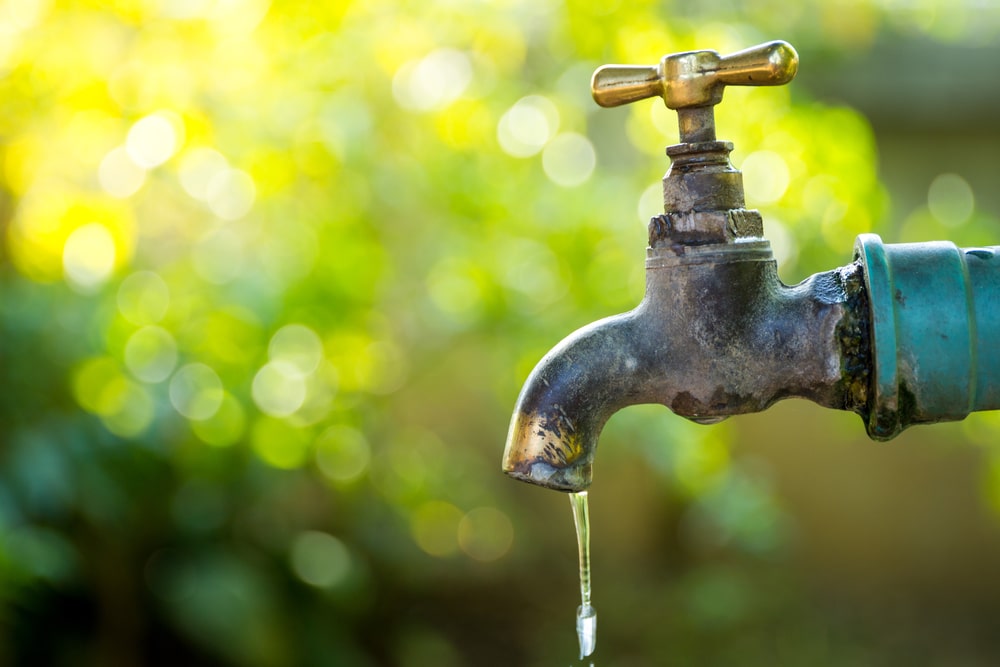

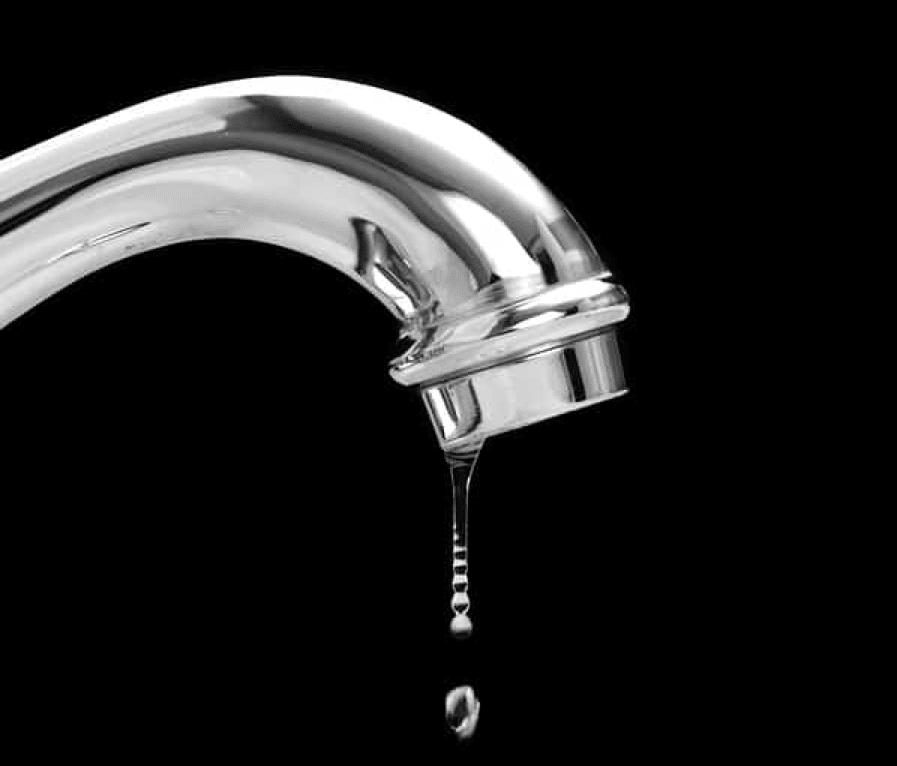

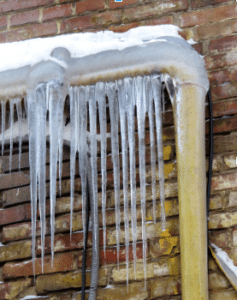

Recent Comments